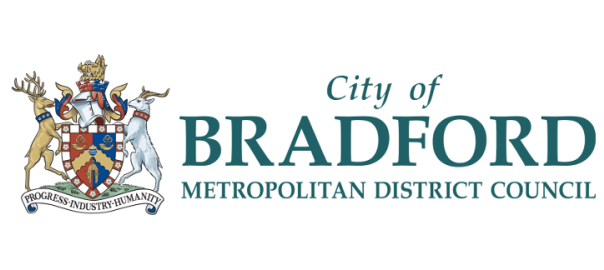While there is much research on the demographics and diversity of Bradford district, there are gaps in the data of significance to arts organisations. These include:
a. Lack of knowledge of the lived experience of communities in the more deprived parts of the Bradford district. By engaging with artists and arts organisations, we can gain a deeper understanding of the lived experiences within the more deprived parts of the Bradford district. Through collaborative partnerships, we can bridge the knowledge gap and empower communities to share their stories, thereby nurturing a sense of belonging and promoting social cohesion.
b. Limited published information on the causes of deprivation
While existing data provides statistics on the outcomes of deprivation, such as poverty and unemployment, there is a need to explore the underlying causes. By delving into factors such as the availability of affordable housing, improving public transportation, and enhancing access to education and job opportunities, we can proactively address the challenges faced by communities.
c. Short-term focus
The data is focused on recent trends and does not provide information on the long-term impact of deprivation and poverty on individuals and communities, such as the effect on mental and physical health, intergenerational poverty or the broader social and economic implications. By examining the effects on mental and physical health, recognizing intergenerational poverty, and considering the broader social and economic implications, we can develop comprehensive strategies that lead to sustainable improvements in people’s lives.
d. Geographical limitations
Although the existing data sheds light on deprivation at the district level, it fails to capture the variation in experiences and challenges faced by individuals living in different neighbourhoods or wards within Bradford. By zooming in on these geographical nuances, we can identify specific needs and tailor interventions that are responsive to the unique circumstances of each community.









